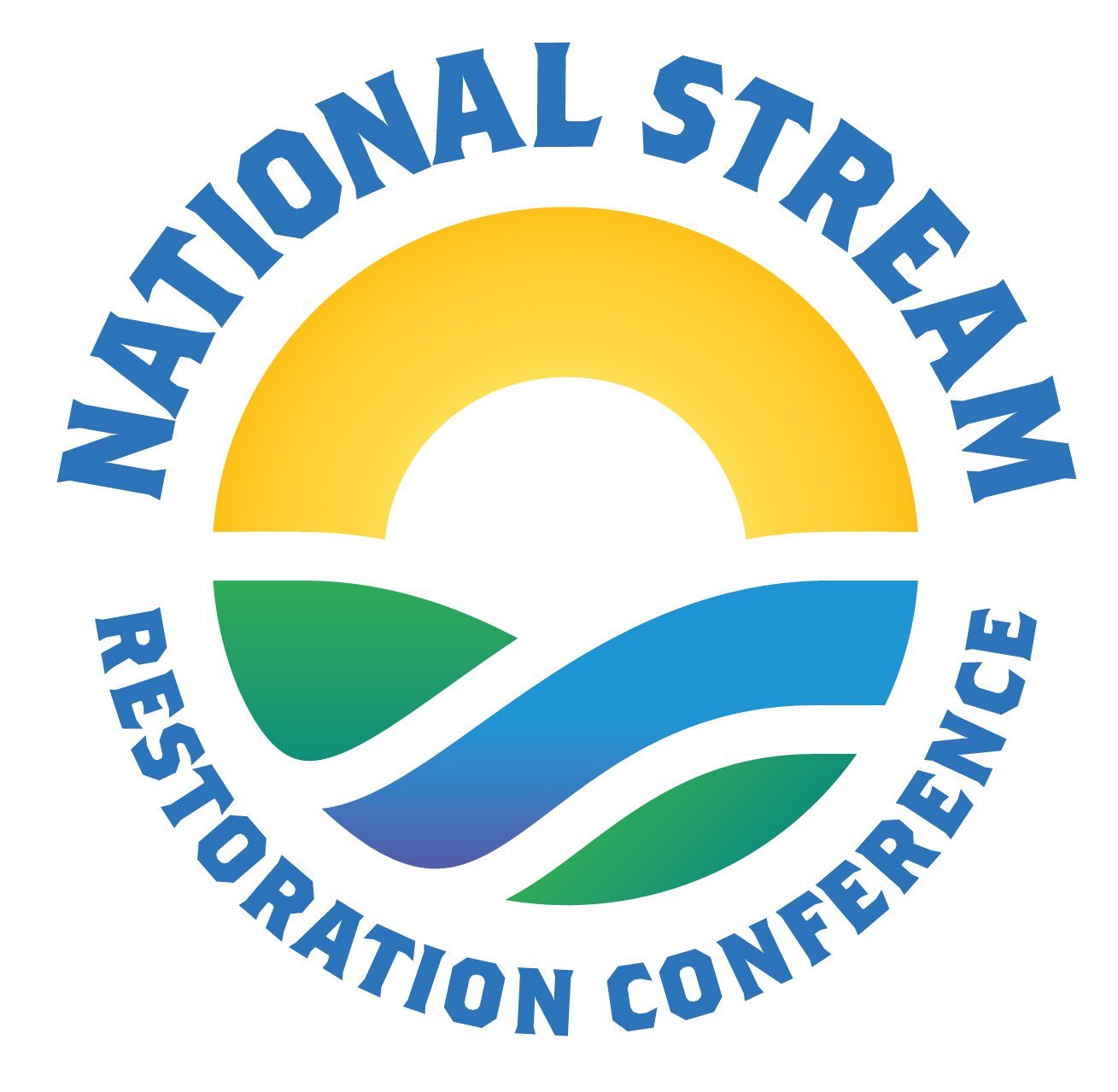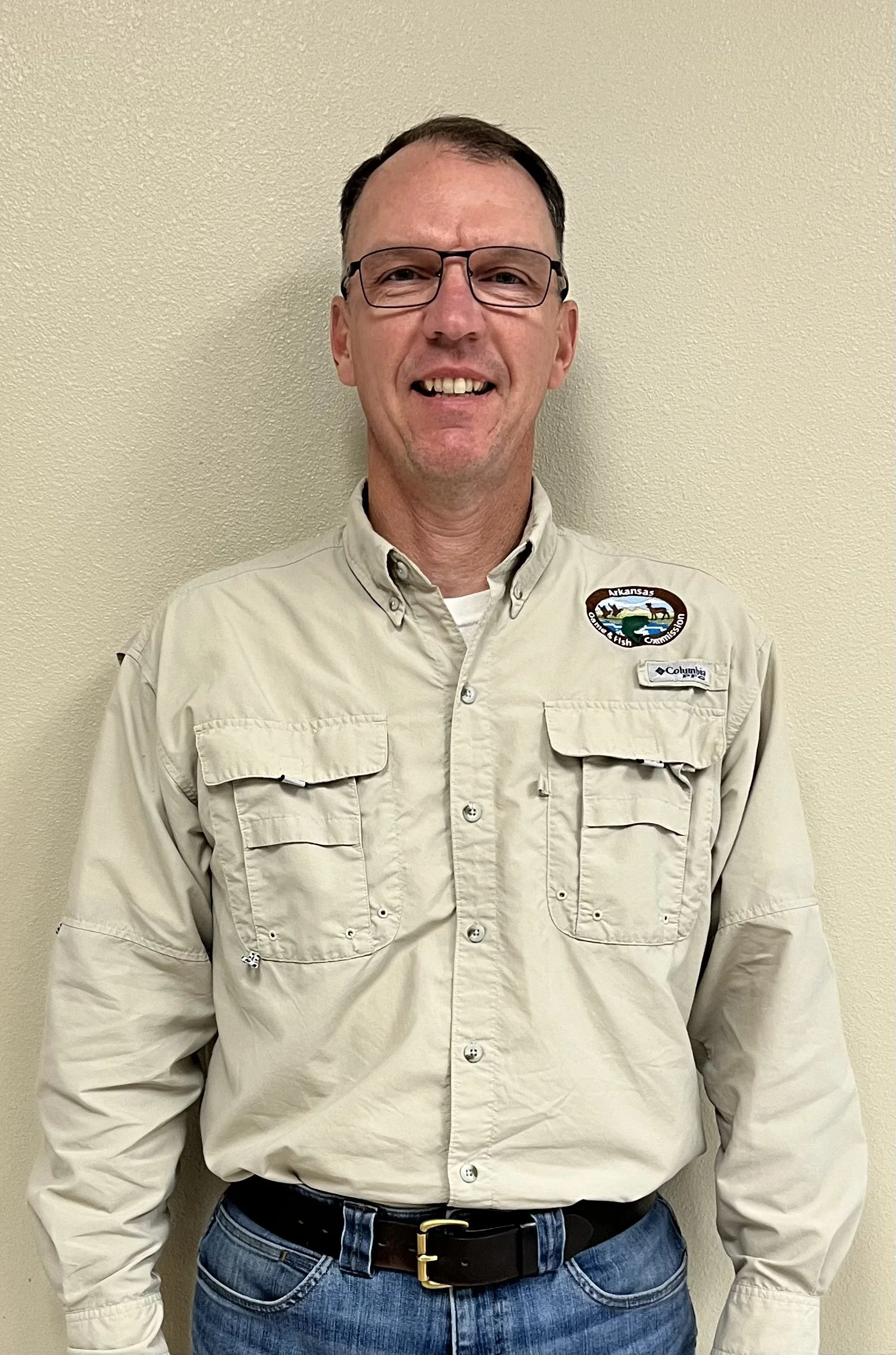Caddo River Watershed Habitat Enhancement: One Landowner at a Time
Matthew M. Irvin
Arkansas Game & Fish Commission
Russellville, Arkansas
Arkansas is blessed with an abundance of water. The USGS high resolution identifies 137,224 miles of rivers and streams in Arkansas; that’s enough to circle the earth 5 ½ times. Sediment is the number one water pollutant in the United States. Our native fish, crayfish, and freshwater mussels depend on clean, cool water for reproduction and survival. Like many natural resource agencies, Arkansas has a limited amount of resources for fisheries and wildlife habitat improvements. Our Stream Habitat Program consists of five biologists, two technicians, and one program supervisor. With limited resources, we are able to accomplish large scale restoration by utilizing a priority watershed approach versus a shotgun approach, one landowner at a time. The Caddo River, a priority watershed in Arkansas, is home to several federally listed threatened and endangered species, species of greatest conservation need, and game species such as smallmouth bass Micropterus dolomieu. This watershed is also heavily utilized by recreationists in a variety of forms. Our goals are to reduce streambank erosion, improve stream channel stability, overall water quality, and aquatic habitat. Over the past 14 years the AGFC West Central Stream Habitat Coordinator has surveyed and developed streambank stabilization construction plans and cost estimates for more than 40 landowners in the Caddo River watershed. Those plans total 21,270 feet or a little over 4 miles of proposed restoration. Of 42 plans, 25 streambank stabilization/aquatic habitat restoration projects have been implemented restoring 12,696 feet (approximately 2 ½ miles) of eroding streambanks. The presentation will demonstrate the accumulation of success in the Caddo River watershed.
About Matthew M. Irvin
Matthew Irvin is the West-Central Stream Habitat Coordinator for the Arkansas Game and Fish Commission. Matthew is a graduate of Louisiana Tech University in Ruston, Louisiana with a B.S. in Wildlife Conservation. He has completed all 4 levels of Dave Rosgen’s short courses (Applied Fluvial Geomorphology, River Morphology & Applications, River Assessment & Monitoring, and River Restoration & Natural Channel Design). Matthew has participated in several short courses related to Aquatic Organism Passage at Road-Stream Crossings (U.S. Forest Service 2011), Aquatic Connectivity Stream Crossing training by the Southeast Aquatic Resources Partnership (SARP 2019), and Dam Removal: Design, Planning, and Implementation training (Rutgers University 2021). He has also attended workshops instructed by Robert Newbury (Canadian Rivers Institute 2014) and Dave Derrick (U.S. Army Corps of Engineers 2014) on stream restoration techniques. Matthew has 10 years of wildlife management experience and 14+ years of streambank stabilization, aquatic habitat improvement, water quality education, and barrier removal experience. Matthew covers roughly one quarter of the state of Arkansas surveying, designing, and constructing streambank stabilization projects and aquatic organism passage improvement projects on rivers and streams in the Ouachita Mountain, Ozark Mountain, and Arkansas River Valley ecoregions. Matthew has been married to his lovely wife, Laura, for 24 years and enjoys hunting, fishing, farming, and traveling with his wife and 4 sons.

